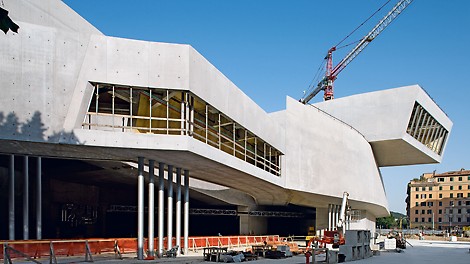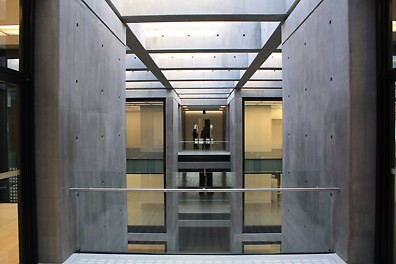Whether it is at breathtaking heights or through extreme forms and structures - the visions of architects for the realisation of museums, concert halls, stadiums or bridges place the highest possible demands on the construction industry around the world.
In many cases, architectural concrete is the modern solution, whether it is for civil engineering, economic or aesthetic reasons.
PERI provides its customers in the construction industry with practical help and support: selection, planning and supply of formlining and formwork systems which are optimally matched to the project requirements. The right formwork solution for every architectural concrete surface, from standard formwork to special designs. The best results arise from the very close cooperation between architects, contractors and PERI engineers.


